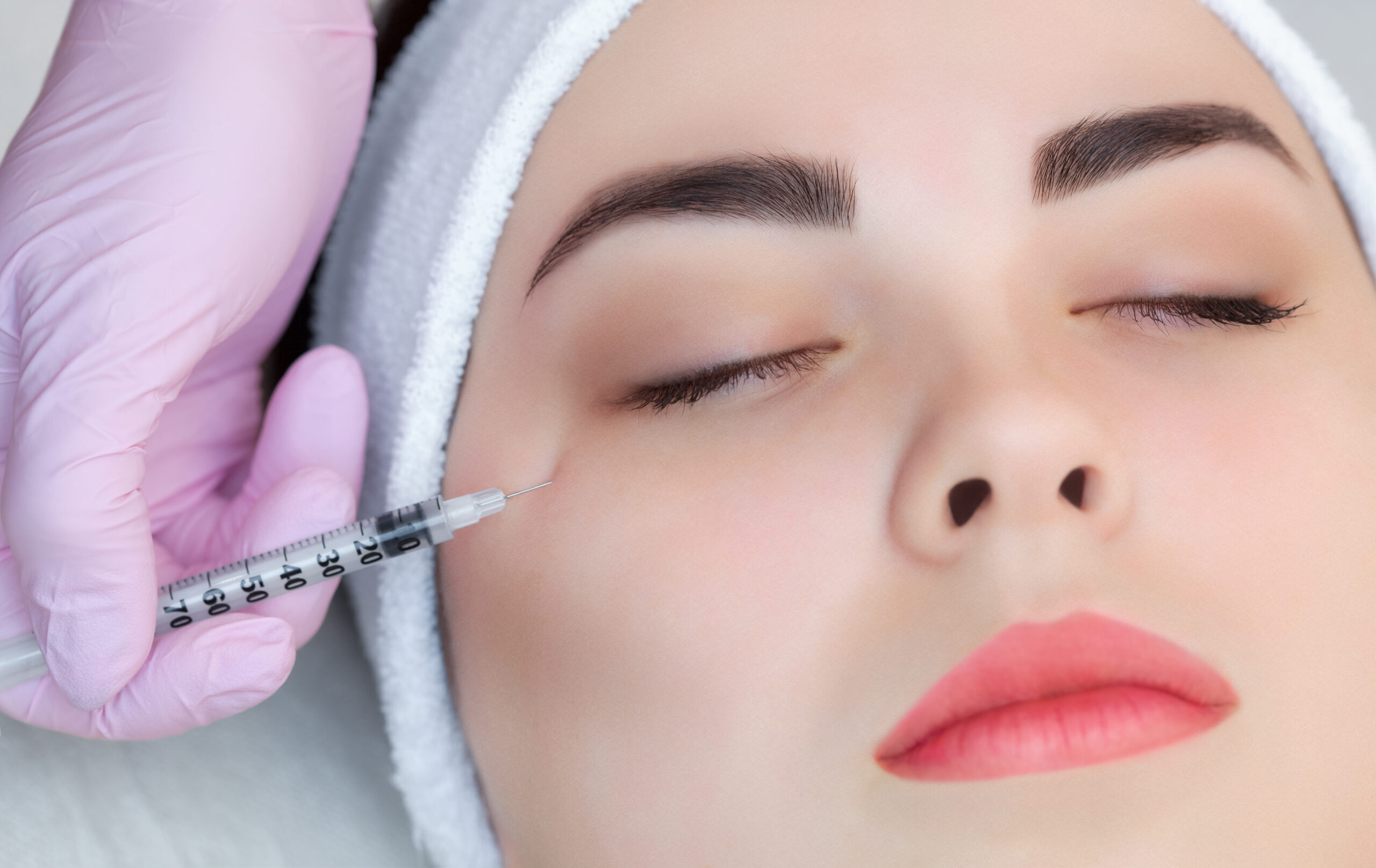Fine lines and wrinkles are natural signs of aging that many individuals seek to address. Over the years, various treatments have emerged to combat these age markers, with neurotoxins gaining significant attention. Names like Botox, Xeomin, Dysport, and Jeaveau have become familiar to those exploring aesthetic solutions. These neurotoxins offer a non-invasive approach to achieving a smoother and more youthful appearance. As with any cosmetic procedure, understanding the science and methodology behind these treatments is necessary for those considering them.
What are Neurotoxins?
Neurotoxins are complex proteins derived from bacteria that can interfere with the signaling processes in nerve cells. When introduced into the body, they can prevent nerves from releasing certain chemicals, specifically neurotransmitters, responsible for transmitting signals from one nerve cell to another or from a nerve cell to a muscle cell. This interruption in signaling can lead to temporary muscle paralysis.
In the context of aesthetic treatments, this property of neurotoxins is harnessed to relax facial muscles, thereby receding the formation of fine lines and wrinkles. The most commonly known neurotoxin is Botox, but there are others like Xeomin, Dysport, and Jeaveau, each with its unique properties and applications. While potent, when used in controlled amounts by trained professionals, they offer a safe and effective means to achieve desired cosmetic outcomes.
Popular Neurotoxins in the Market
While all these neurotoxins serve a similar primary function – receding the formation of fine lines and wrinkles – each has unique characteristics. Their choice often depends on individual preferences, desired outcomes, and the specific application area. Always consult with a trained professional when considering any of these treatments.
Botox (Botulinum Toxin Type A)
- Origin: Derived from the bacterium Clostridium botulinum.
- Usage: Botox is one of the most recognized names in the world of neurotoxins. It was the first to gain FDA approval for cosmetic use.
- Duration: Effects typically last between 3 to 6 months.
- Notable Features: Botox has a long-standing reputation for safety and efficacy, making it a top choice for many.
Xeomin (IncobotulinumtoxinA)
- Origin: Also derived from Clostridium botulinum.
- Usage: Xeomin is often praised for its “purity,” as it contains no additives.
- Duration: Effects can last up to 4 months.
- Notable Features: Due to its lack of additives, there’s a reduced risk of developing resistance or allergic reactions.
Dysport (AbobotulinumtoxinA)
- Origin: Another variant from the Clostridium botulinum family.
- Usage: Dysport spreads more than Botox, making it suitable for more extensive treatment areas.
- Duration: Effects can last between 4 to 6 months.
- Notable Features: It might offer faster results, with some patients noticing changes within 2-3 days.
Jeaveau (PrabotulinumtoxinA)
- Origin: The newest member of the botulinum toxin family.
- Usage: Specifically designed for aesthetic treatments.
- Duration: Like other neurotoxins, effects last around 3 to 6 months.
- Notable Features: Often referred to as “Newtox,” Jeaveau is seen as a modern alternative to older neurotoxins.
Which To Choose?
The decision can be overwhelming when selecting the right neurotoxin for aesthetic treatments, given the variety of options available. Each neurotoxin, be it Botox, Xeomin, Dysport, or Jeaveau, has unique properties, and the best choice often depends on individual needs and desired outcomes. Here are some factors to consider:
- Treatment Area: Some neurotoxins may be better suited for specific areas. For instance, Dysport’s ability to spread might make it ideal for larger areas like the forehead, while Botox could be preferred for more targeted treatments.
- Duration of Effect: While most neurotoxins offer effects lasting between 3 to 6 months, individual experiences can vary. Some people might find that one product lasts longer for them than another.
- Onset of Results: If you’re looking for quicker results, Dysport might be a good choice, as some patients report seeing changes within 2-3 days. However, the difference in onset time between products is generally minimal.
- Purity and Allergies: If you have concerns about additives or potential allergic reactions, Xeomin, known for its purity, might be a suitable option.
- Personal Experience: Sometimes, the best way to decide is based on personal experience. It might be worth sticking if you’ve tried one neurotoxin and found it compelling. Alternatively, exploring another option could be beneficial if you weren’t satisfied with the results or experienced side effects.
- Professional Consultation: The most crucial factor in deciding is consulting with a qualified and experienced professional. They can provide insights into which product best suits your needs, ensuring safety and optimal results.
There’s no one-size-fits-all solution when it comes to choosing a neurotoxin. A combination of personal preferences, specific requirements, and professional guidance will lead to the best decision.
Neurotoxin Procedure
The administration of neurotoxins for aesthetic purposes is a relatively quick and straightforward process. However, it requires precision, expertise, and a thorough understanding of facial anatomy to achieve the desired results while ensuring patient safety. Here’s a step-by-step breakdown of what typically happens during a neurotoxin procedure:
- Consultation: A consultation with the practitioner is essential before the actual procedure. The patient’s concerns are discussed during this session, medical history is reviewed, and the desired outcomes are established. The practitioner will also explain the procedure, potential risks, and expected results.
- Facial Analysis: The practitioner will closely examine the patient’s face, noting areas of concern, muscle strength, and skin elasticity. This analysis helps in determining the appropriate dosage and injection sites.
- Preparation: The targeted area is cleaned with an antiseptic solution to minimize the risk of infection. A topical anesthetic or ice may sometimes be applied to numb the area and reduce discomfort during the injection.
- Injection: The neurotoxin is injected into the predetermined sites using a fine needle. Depending on the treated area and the desired outcome, the practitioner will make multiple small injections. The actual injection process typically takes only a few minutes.
- Post-Injection Care: After the injections, the practitioner may apply a cold compress to reduce any potential swelling or bruising. Patients are usually advised to avoid irritating or rubbing the treated areas for a few hours to avert the neurotoxin from spreading to unintended muscles.
Takeaway
Neurotoxins offer a proven and effective method for addressing various aesthetic concerns, from fine lines to deeper wrinkles. Making an informed decision and choosing the right practitioner is paramount to achieving the desired results. If you’re considering a neurotoxin treatment, Just Glam Aesthetics and its team have the expertise and dedication to guide you. Contact us today to schedule a consultation and take the next step towards a more confident you.



